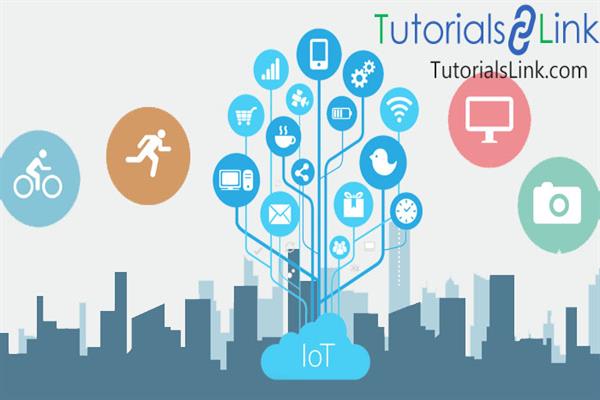What are the different protocols and technology used by IoT (Internet of Things)?
What are the different protocols and technology used by IoT (Internet of Things)?
The standard protocols and networking technologies are used by Internet of Things. Some of the technologies and protocols of IoT are RFID, NFC, low-energy Bluetooth, low-energy wireless, low-energy radio protocols, LTE-A, and WiFi-Direct.
NFC and RFID-:
RFID (radio-frequency identification) and NFC (near-field communication) is a simple, low energy, and versatile options for identity and access tokens, connection bootstrapping, and payments.
- A 2-way radio transmitter- receiver is employed by the RFID technology which is used to identifying and tracking the object associated tags.
- The communication protocols for electronic devices are provided by NFC. Such as a mobile device or a standard device.
Low-Energy Bluetooth-:
Low energy Bluetooth technology, the low-power, long-use need of IoT function is supported by this technology while exploiting a standard technology with native support across systems.
Low-Energy Wireless-:
The most powerful hungry aspect of an IoT system is replaced by this technology. Though sensors and other elements can power down over long periods, communication links (i.e., wireless) must remain in listening mode. Low-energy wireless not only reduces consumption but also extends the life of the device through less use.
Radio Protocols-:
Low-rate private area networks are created by radio protocols such as ZigBee, Z-Wave, and Thread. Even though the technologies are low-power they offer high throughput thus enabling to increase the small local device network power without additional costs.
LTE-A-:
An important upgrade to LTE technology is LTE – A or LTE Advanced, which increases the coverage, raise the throughput and reduce the latency. By expanding its range, LTE – A provides huge amount of power for IoT by using the most significant applications like vehicle, UAV, and similar communication.
WiFi-Direct-:
The requirement for an access point is eliminated by WiFi-Direct. P2P connection is facilitated with WiFi speed at lower latency. The element of the network which bogs the network down is eliminated by WiFi Direct without compromising on speed or throughput.





